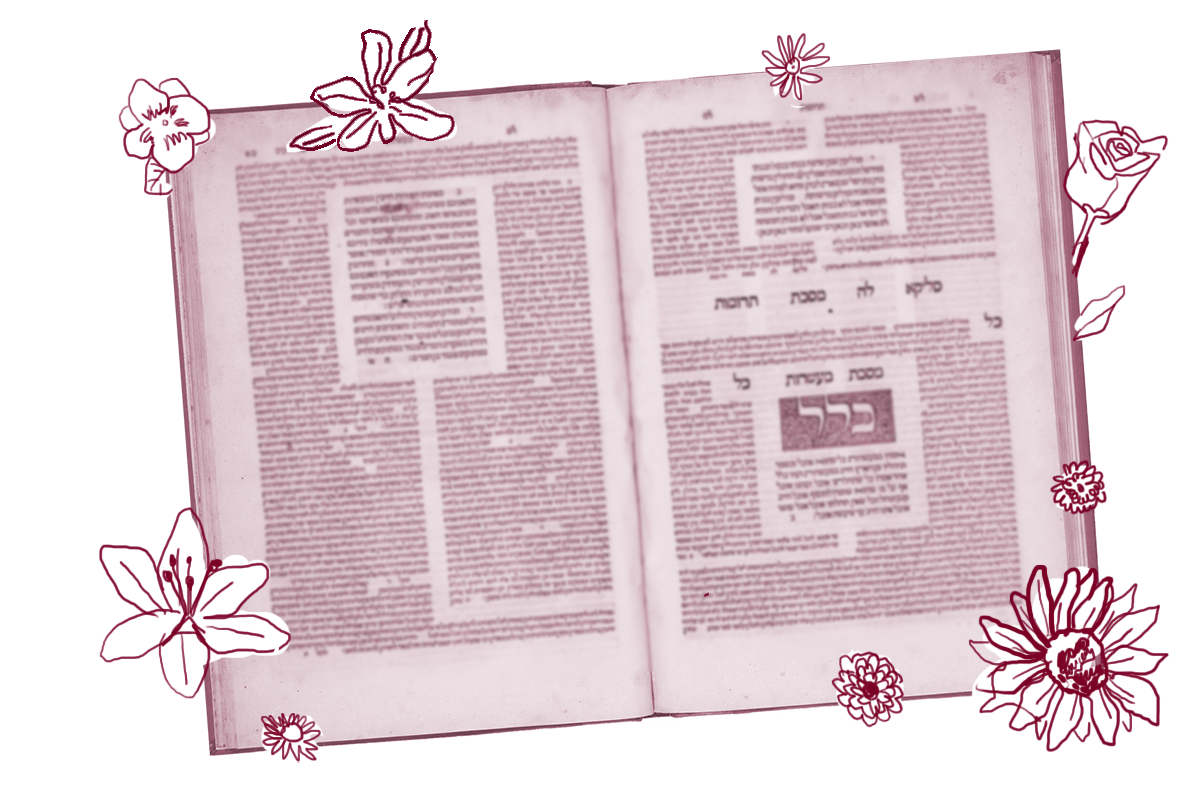Today, we continue yesterday’s conversation about the core mitzvah of Hanukkah which, for the rabbis, is lighting the Hanukkah lights.
Uncomfortable — perhaps with the militaristic elements of the Hasmonean victory over the Greeks, or perhaps just with the Hasmoneans themselves — the rabbis made the miracle of the oil the main focus of the holiday. (A miracle, it should be noted, unknown in any of the more ancient texts that tell the Hanukkah story.) On today’s daf, our sages engage in discussions aimed at elevating the lighting of these lights, thereby assuring the centrality of their preferred version of the miracle of Hanukkah. For example, on today’s page we find this:
A Hanukkah lamp that one placed above twenty cubits is invalid, just as a sukkah whose roofing is more than twenty cubits high.
By connecting the placement of the Hanukkah lights to the proper height of a sukkah, the rabbis have created a link between a biblical commandment (sukkah) and a rabbinic requirement (Hanukkah lights) — effectively bolstering the importance of the Hanukkah lights.
With your help, My Jewish Learning can provide endless opportunities for learning, connection and discovery.
The rabbis again use this strategy when Rav Shmuel from Difti rules that one should place the Hanukkah lights outside on the left of the doorway, “so the Hanukkah lamp will be on the right and the mezuzah on the left.” This time, the rabbinic commandment of Hanukah lights are quite literally placed side by side with the biblical commandment of mezuzah.
Connecting Hanukkah lights to seemingly unrelated biblical commandments is not the only strategy the rabbis use to elevate their version of the holiday. Subsequently, we learn of a rabbinic prohibition against using the Hanukkah lights for anything other than “publicizing the miracle” (פירסום הנס). You may not, for example, count money using the light of Hanukkah lights, and there is also a long debate over whether you can even use one set of lights to kindle a second set of Hanukah lights. (The decision in the end is that we cannot, which is why we use a shamash to kindle the lights in our homes.) In the end, the lights of Hanukkah can be used for nothing other than their core purpose: to tell a certain story of the holiday.
Through these rulings, the rabbis elevate the Hanukkah lights to a central place in the commemoration of the Hasmonean victory and rededication of the Temple. Previous celebrants might have thought Hanukkah was about the fight, but for the rabbis at least, Hanukkah is entirely about the light.
Read all of Shabbat 22 on Sefaria.
This piece originally appeared in a My Jewish Learning Daf Yomi email newsletter sent on March 28, 2020. If you are interested in receiving the newsletter, sign up here.



